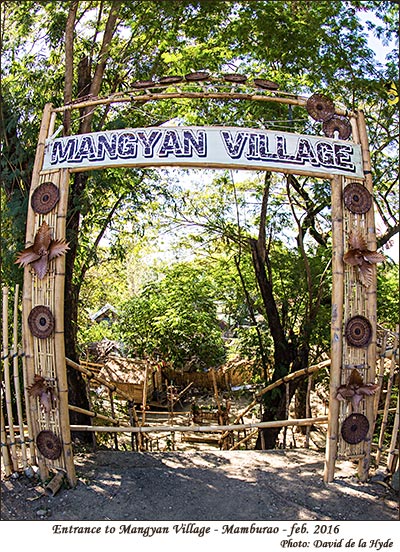
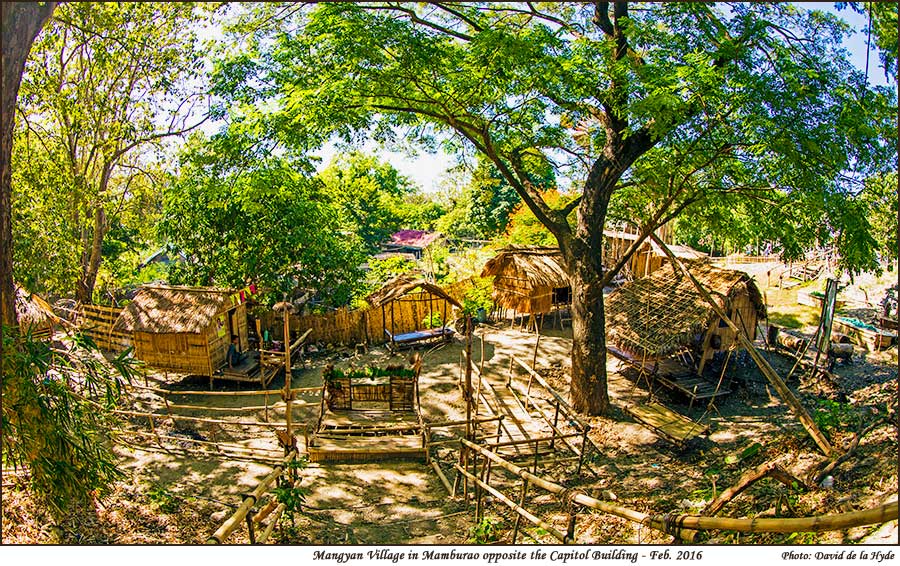
|
|
MANGYAN VILLAGE - MAMBURAO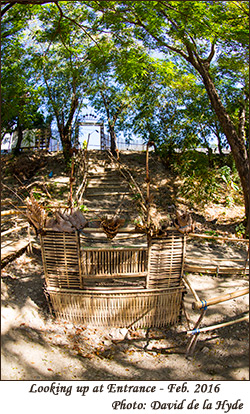
On a brief visit to Mamburao in February 2016 I saw the entrance to the Mangyan Village - being curious I asked to enter. The emphasis in the model village appeared to be on correcting misconceptions about Mangyan peoples - as illustrated by the three posters that I recorded. A relative of my wife - Ningning - accompanied me to ensure that I did not get lost or fall over. Due to advancing years, my eyes see things a little distorted and blurred - but I hope that the images on this page are clear enough for most viewers.
The single most impressive distinction of the Mangyan as a whole is their continued use of a native Indic-based script or syllabary for writing their "ambahan" or "urukay" a form of poetry, and for songs. These are written by stylus or knives on slivers of bamboo. These are sang or chanted accompanied by guitars, fiddles, flutes or jew’s harps. Only the Hanunoo about southeastern Mindoro and the Buhid about the area south of Bongabon River actually use the script, although there is a second type of script unknown to the two above groups. This script is used by the Buhid along the Tangon River.
|

|
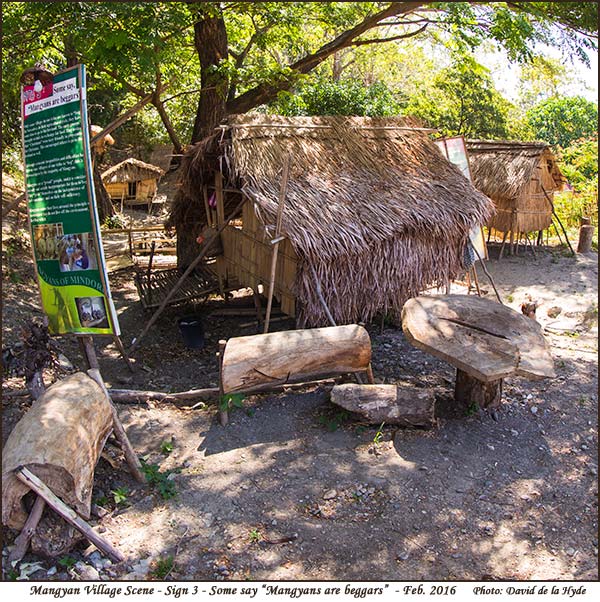
|
|
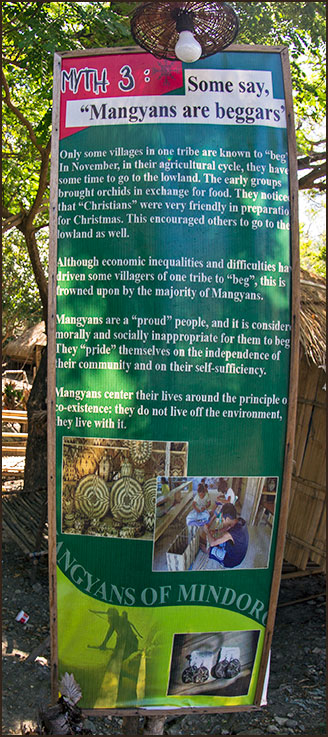
|
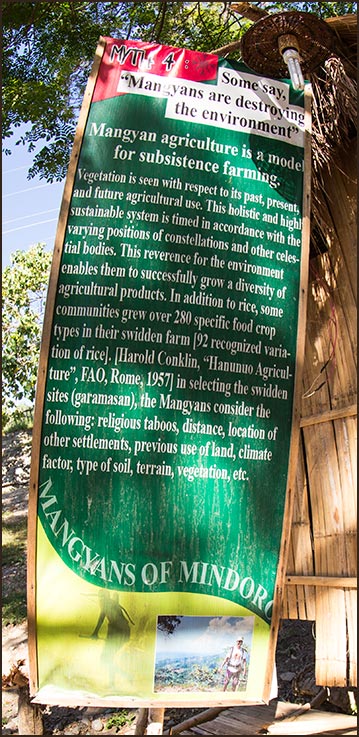
|
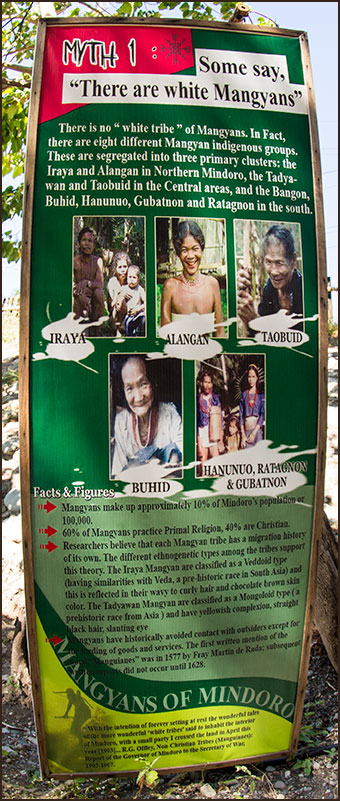
|
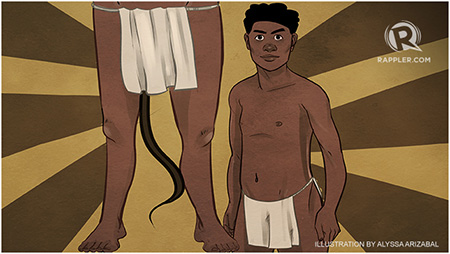
Myth 2: Some say, “Mangyans have tails.”
Myth 5: Some say, “Mangyans are uncivilized.” 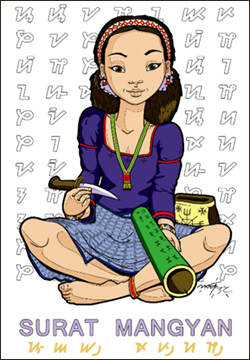
The Mangyan syllabic script is a pre-Spanish writing system which is still used and taught in schools until today. It has been declared as a National Cultural Treasure in 1999. Meanwhile, the traditional poetry of the Hanunuo Mangyan is called Ambahan. The poems tell various stories ranging from childhood to friendship, love, old age, and death. It is usually written on bamboo. Over 20,000 of these poems have been documented by Dutch anthropologist Antoon Postma, who is married to a Hanunuo Mangyan and has been living with the Mangyans for more than 50 years now...
The ambahan can be presented as a chant. Some parents teach their children values and life lessons through songs. Aside from the Hanunuo, other Mangyan tribes also have their own literature and folktales.
|
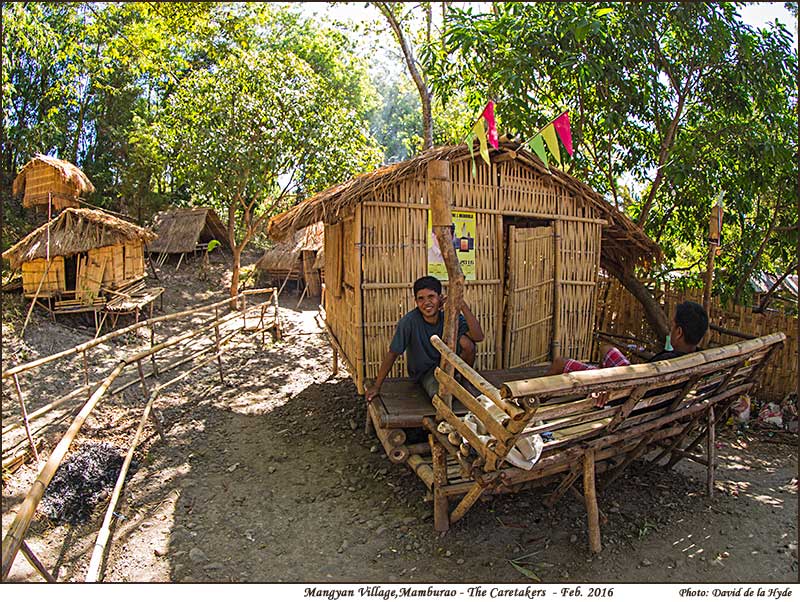
|
|
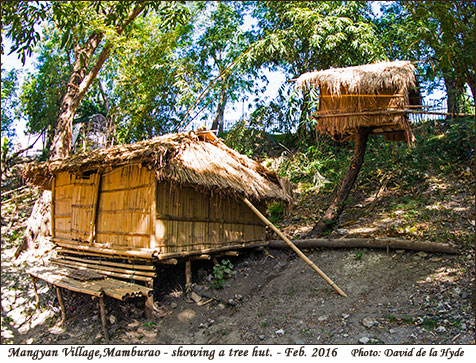
|
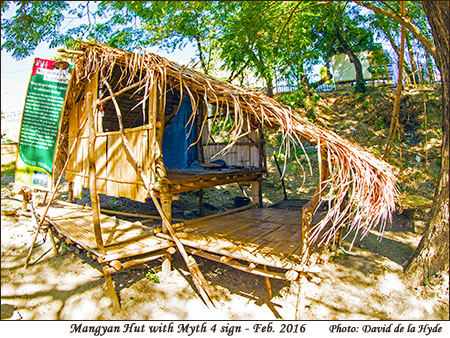
|
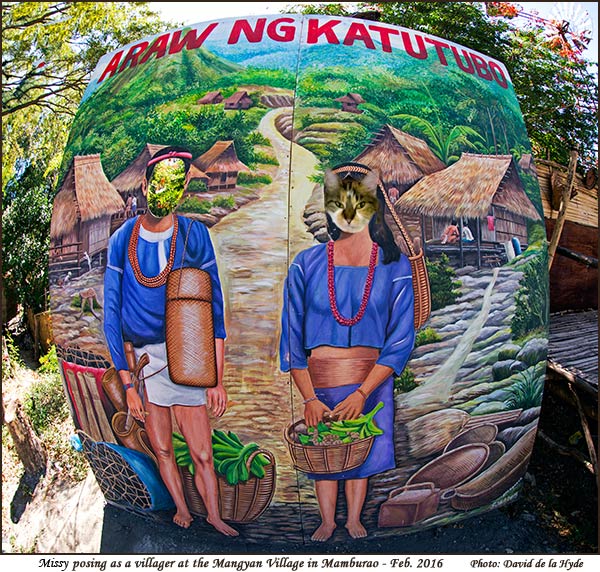
|
|
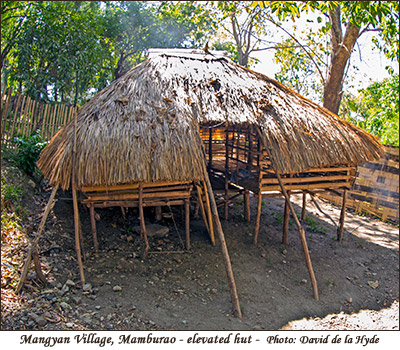
|
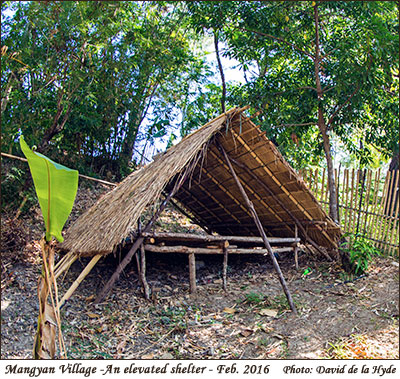
|
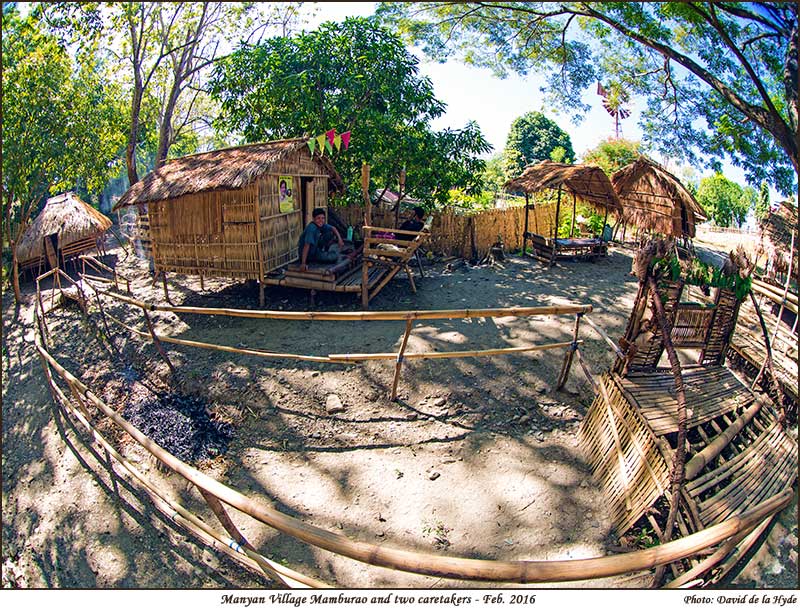
|
|